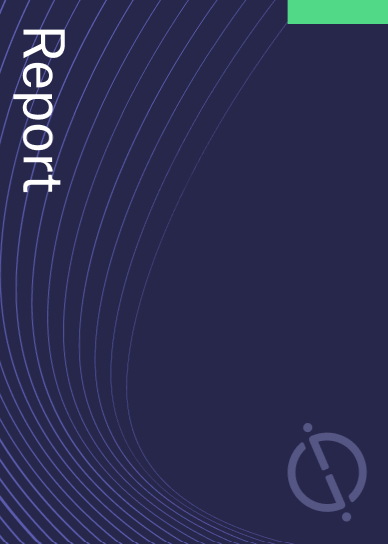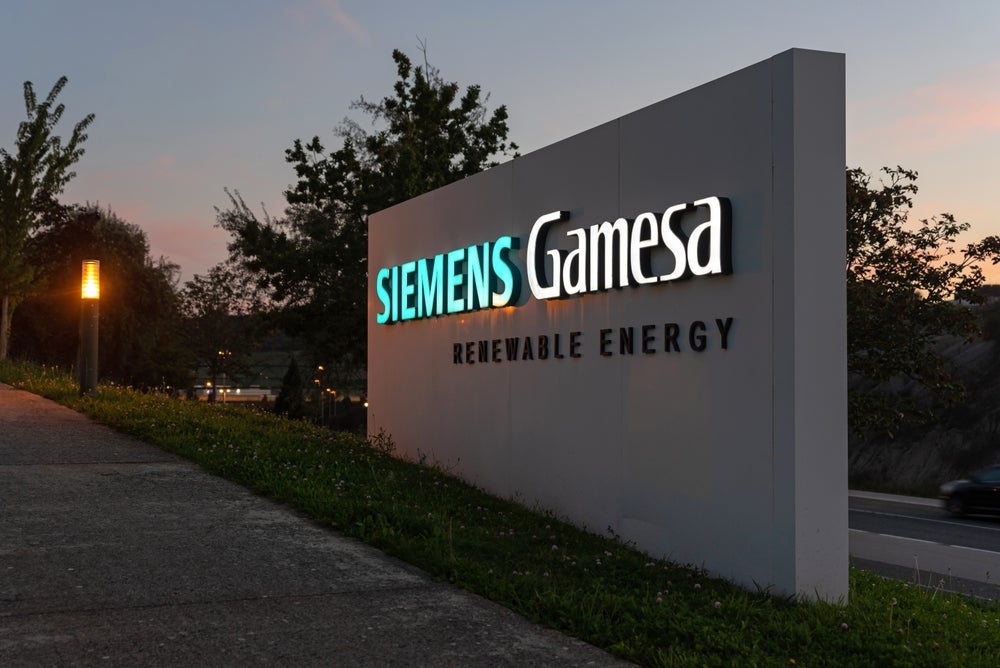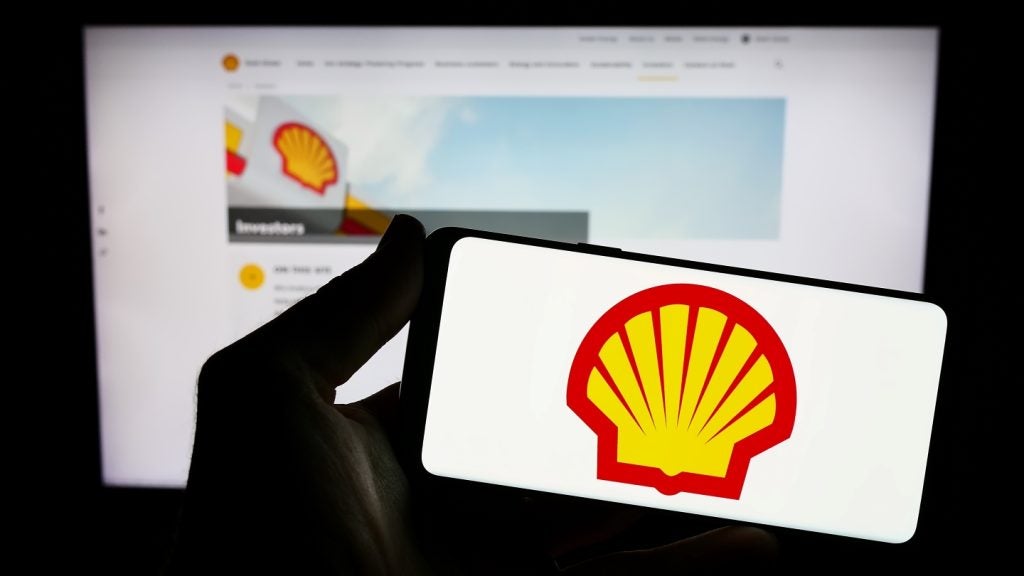Siemens had 254 patents in artificial intelligence during Q3 2023. One patent focuses on training a segmentation algorithm for digital pathology to segment whole-slide images of tissue. Another patent involves a system for recommending engineering project modules based on technical attributes, overcoming the sparsity problem caused by non-overlapping item sets. Another patent relates to determining changes in abnormalities in a patient’s anatomical region based on medical images taken at different instances of time. Additionally, there is a patent for adaptive radiotherapy treatment planning using deep learning engines to update treatment plans based on treatment and planning image data. Lastly, there is a patent for determining nuclear medical image data sets in dynamic nuclear medical imaging using a trained function. GlobalData’s report on Siemens gives a 360-degreee view of the company including its patenting strategy. Buy the report here.
Siemens grant share with artificial intelligence as a theme is 36% in Q3 2023. Grant share is based on the ratio of number of grants to total number of patents.
Recent Patents
Application: Annotation refinement for segmentation of whole-slide images in digital pathology (Patent ID: US20230274534A1)
Siemens AG has filed a patent related to digital pathology and training a segmentation algorithm for whole-slide images of tissue. The patent describes a computer-implemented method that involves obtaining a whole-slide image and a first annotation of the image. The first annotation is then refined to create a second annotation with a higher level of detail. The parameters of the segmentation algorithm are set based on this refined annotation.
The method also includes training a classification algorithm based on the first annotation to classify image regions of the whole-slide image according to different tissue types. The classification algorithm is then used to determine the second annotation. Class activation maps of the classification algorithm are generated for the image regions, and the second annotation is determined based on these maps.
Features are extracted from the whole-slide image at a higher level of detail, and the second annotation is determined based on these features and the class activation maps. A partitioning of the whole-slide image is determined based on the extracted features, and the second annotation is determined using a combination of the partitioning and the class activation maps.
The first annotation may cover only a fraction of the whole-slide image, while the second annotation covers the entire image. The first annotation can be obtained through a manual annotation process. Image regions with a label of the first annotation are restricted to not include tissue fractions of other types beyond a certain size threshold.
The patent also describes a device for training the segmentation algorithm, which includes a processor and memory storing computer-executable instructions to perform the method described above.
Overall, the patent outlines a method and device for training a segmentation algorithm for digital pathology using refined annotations and class activation maps to set parameters for accurate segmentation of whole-slide images depicting tissue of multiple types.
To know more about GlobalData’s detailed insights on Siemens, buy the report here.
Premium Insights
From

The gold standard of business intelligence.
Blending expert knowledge with cutting-edge technology, GlobalData’s unrivalled proprietary data will enable you to decode what’s happening in your market. You can make better informed decisions and gain a future-proof advantage over your competitors.





